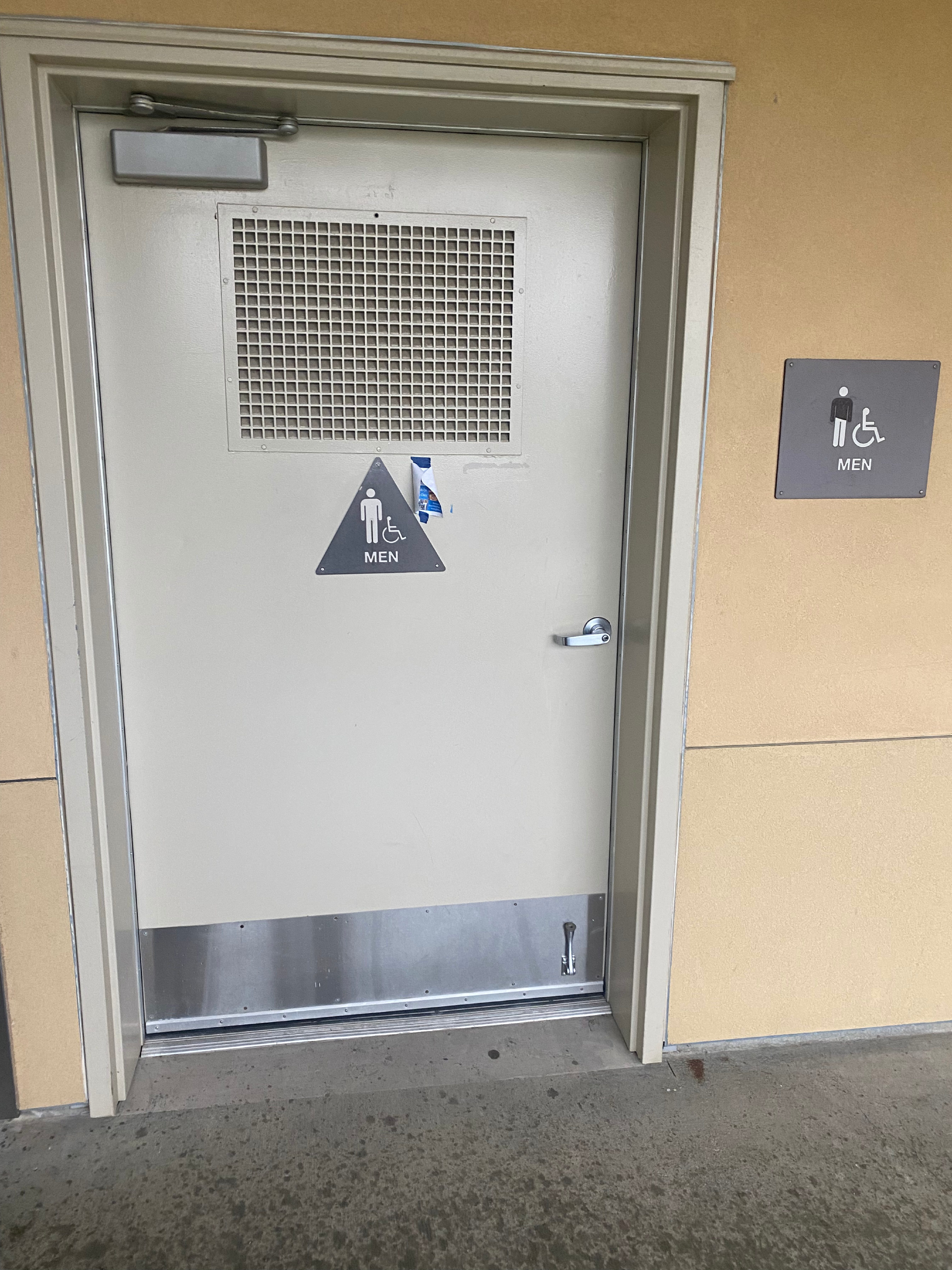The Facts of Spy Balloons

Chinese surveillance balloon over Billings, MT
Eagle time: Mar 3, 2023
Recent reports have raised concerns about the deployment of Chinese spy balloons in the United States, with some experts warning that these balloons could pose a significant threat to national security. At the same time, the United States has a long history of using spy balloons for surveillance purposes, with the most famous example being the use of such balloons during the Cold War.
Chinese Spy Balloons in the United States
Reports of Chinese spy balloons in the United States first emerged in 2018, when it was revealed that Chinese companies were offering high-altitude surveillance balloons to U.S. law enforcement agencies. The balloons were equipped with cameras and other sensors that can capture high-resolution images and collect data on a wide range of activities.
The use of such balloons raises significant concerns about collecting sensitive information about U.S. citizens and infrastructure. Some experts have also raised concerns about the potential for the Chinese military to use these balloons to conduct reconnaissance or other military operations in the United States.
The Chinese government has admitted its involvement in the deployment of these balloons, saying “the balloon was a civil airship doing weather research”. The reports have led to increased scrutiny of Chinese technology and its potential use for espionage purposes.
U.S. Spy Balloons
The United States has a long history of using spy balloons for surveillance purposes. During the Cold War, the U.S. government launched a program known as Project Mogul, which involved the use of high-altitude balloons to conduct surveillance of the Soviet Union. The balloons were equipped with listening devices that could intercept Soviet radio transmissions, providing the United States with valuable intelligence.
Since then, the U.S. military continues to use spy balloons for surveillance purposes. In recent years, the government has also used unmanned aerial vehicles (UAVs) or drones to conduct surveillance in a variety of contexts, including military operations, border security, and law enforcement.
“I think that if the US started it then it should be allowed to go either way without one complaining,” said Derek St. Dennis.
He was not the only one that felt this way. “I think that if the US genuinely sent over ten balloons in the past year without anything arising from it then they should make no big deal if China does the same thing back,” said Emily Namikawa.
Benefits and Risks of Spy Balloons
The use of spy balloons for surveillance purposes offers a number of potential benefits. These balloons can provide high-resolution images and other data that can be used to track criminal activity, monitor natural disasters, or conduct military reconnaissance. They can also be deployed quickly and at a relatively low cost compared to other surveillance methods, such as aircraft operated by a man or satellites.
However, the use of spy balloons also raises major privacy and security concerns. Balloons equipped with cameras and other sensors can capture images and data about individuals without their consent, potentially violating their privacy rights. Additionally, the deployment of spy balloons by foreign powers, such as China, can pose a significant security threat if these balloons are used for military purposes.
The use of spy balloons for surveillance purposes is not new, with both China and the United States having a history of using such technology.
While these balloons offer potential benefits, such as high-resolution images and quick deployment, they also raise privacy and security concerns. The deployment of Chinese spy balloons in the United States has raised concerns about the potential choice of the Chinese military to conduct operations on U.S. soil.
“I feel unsafe knowing that there could be conflict on this topic,” said Jason Ivey.
As technology continues to evolve, it is likely that the use of spy balloons for surveillance purposes will continue to be a topic of debate and potential concern.






































